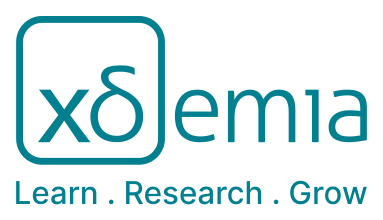String and Central Inverters in Solar Park Applications
12 Enrollments Level : IntermediateRelevance
As global demand for sustainable energy increases, solar power has become a leading solution in the shift to a low-carbon economy. Technological advancements and declining costs have accelerated the deployment of photovoltaic (PV) systems worldwide, ranging from small residential installations to large utility-scale solar parks. A key component in these systems is the inverter, which converts DC from solar panels into grid-compatible AC. Several types of inverters exist, including string inverters, central inverters, hybrid inverters, micro-inverters, and optimizers. Understanding the differences between these inverter types is essential for optimizing solar installations.
Abstract
This building block primarily focuses on the comparison between string and central inverters in commercial and utility-scale solar park applications. It explores their technical configurations, cost implications, and operational characteristics. In addition to this comparison, the report also addresses key topics such as:
Oversizing of PV arrays, a strategy to increase energy yield and improve financial performance.
Grid support functionalities, which are increasingly important as PV systems play a larger role in maintaining grid stability.
Hybrid inverters that integrate battery storage for enhanced energy management.
Monitoring, safety, and lifecycle considerations that influence long-term system reliability and maintenance.
Learning Outcomes
You will be able to
compare typical (electrical) characteristics of string and central inverters and provide reasoning for limitations.
compare the economic advantages and disadvantages of string and central inverter systems in a utility-scale solar park.
explain when the application of micro-inverters and optimizers is useful.
explain why oversizing a PV system is beneficial and to what extent it is profitable.
describe why grid support capabilities are increasingly important in PV systems, and how is it implemented in inverters.
Prior Knowledge
You need a basic understanding of solar energy systems.
You have to understand the basics of the utility grid.
Keywords
- Real life applications
- PV system cost
- inverter market
- string inverters
- central inverters
- MPPT
- voltage range
- power range
- efficiency
- micro inverters
- optimizers
- oversizing
- hybrid inverters
- grid support
- operation maintenance
- monitoring
- harmonics
- safety
- lifecycle
